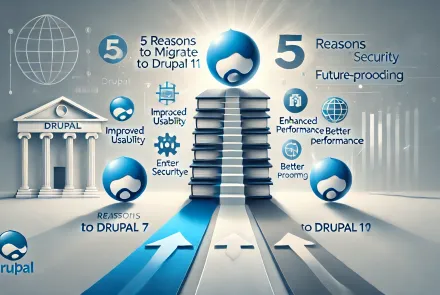When discussing digital transformation within organizations, few topics generate expectations as high as the implementation of an ERP (Enterprise Resource Planning). Generally, major brands focus on the benefits of having centralized information and processes for your company, providing a competitive edge. Unfortunately, that is not the reality.
“Up to 75% of ERP projects fail to meet their original objectives. And more than half suffer cost overruns and delays in their implementation.”
What is surprising about this is that the main reason for failure is not the software itself, but the lack of organization or alignment between what the ERP offers and what the company actually is.
Some of the reasons for these problems are:
- Errors by consultants when estimating the complexity or importance of some processes
- Changes in project scope and requirements
- Resistance to change
- Lack of a clear leadership position within the organization
According to Gartner, “Organizations that fail to adjust their operating model before an ERP face average delays of 6 to 12 months and cost overruns of 10% to 20%.”
Real-life Story:
A few years ago, we were partners with one of the world's largest ERP* systems. Our first client was ourselves. We tried to implement the different processes of our company for about 6 months and encountered a maze of options and configurations so detailed and precise that we were afraid to configure anything for fear of the repercussions it might have on other modules.
The experience was repeated with two clients: both decided to stop the implementation. And the reason was the same: the overwhelming quantity of options and functionalities. They saw the ERP as too big, and too big also means too costly and unnecessary. They felt they were paying for something they would neither use nor fully take advantage of.
We were partners with this ERP for one year, gaining many insights, but above all, it gave us a much clearer vision, both technologically and strategically, of when an ERP truly adds value and when it becomes an obstacle.
Some advice from us:
- Do not be swayed by market pressure. We understand that sometimes there are situations that need to be resolved and automated. But remember that there are simpler alternatives that can be implemented without disrupting the organization.
- Perform a digital maturity self-diagnosis. Identify the level of your company regarding information management, administration, and the use of technological platforms.
- Implementing this type of project requires a commitment from senior management; it is not the responsibility of the technology department.
Do you want to know if your company is truly prepared for an ERP investment?
We invite you to take our executive self-diagnosis.
(It is not automatic: an expert consultant will personally analyze your answers and send you a real, tailor-made report).




